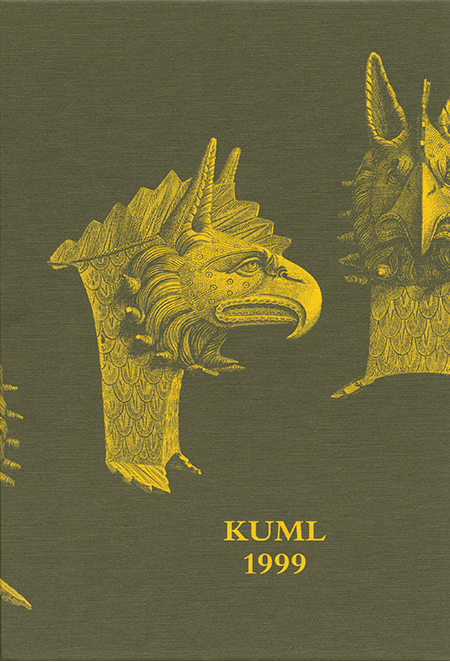Jelling. Bebyggelse fra jernalder og vikingetid
DOI:
https://doi.org/10.7146/kuml.v13i13.113617Nøgleord:
Jelling, bebyggelse, jernalder, vikingetid, haugsted, Hvesager, Hammelev Nørremark, Galsted, Skovgade, Søndergård, Skinbjerg, Fårupvej, Plantagevej, Trollerup, TaulovResumé
Downloads
Publiceret
1999-04-01
Citation/Eksport
Christiansen, F., & Trolle, A. L. (1999). Jelling. Bebyggelse fra jernalder og vikingetid. Kuml, 13(13), 181–226. https://doi.org/10.7146/kuml.v13i13.113617
Nummer
Sektion
Artikler
Licens
Fra og med årgang 2022 er artikler udgivet i Kuml med en licens fra Creative Commons (CC BY-NC-SA 4.0).
Alle tidligere årgange af tidsskriftet er ikke udgivet med en licens fra Creative Commons.


